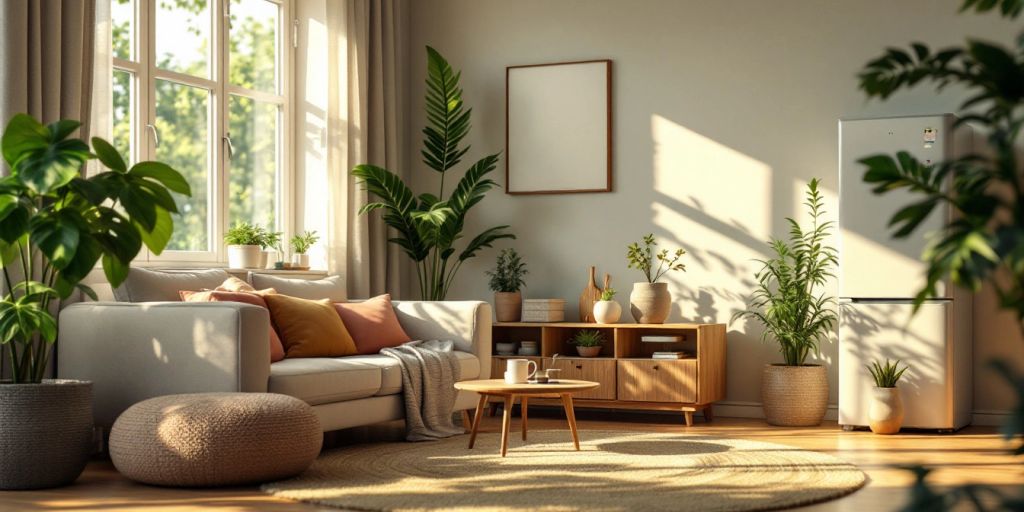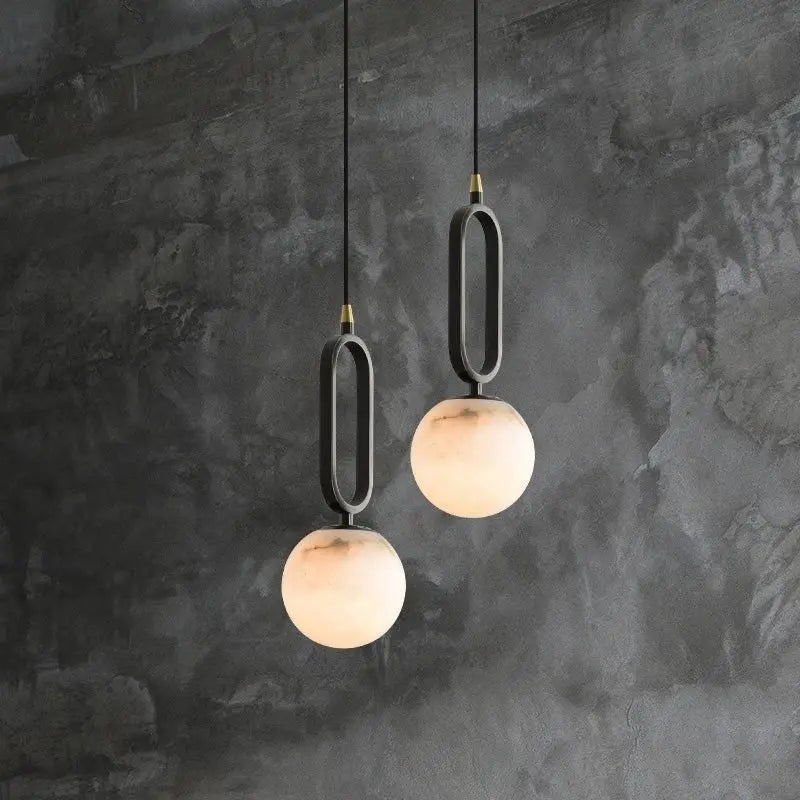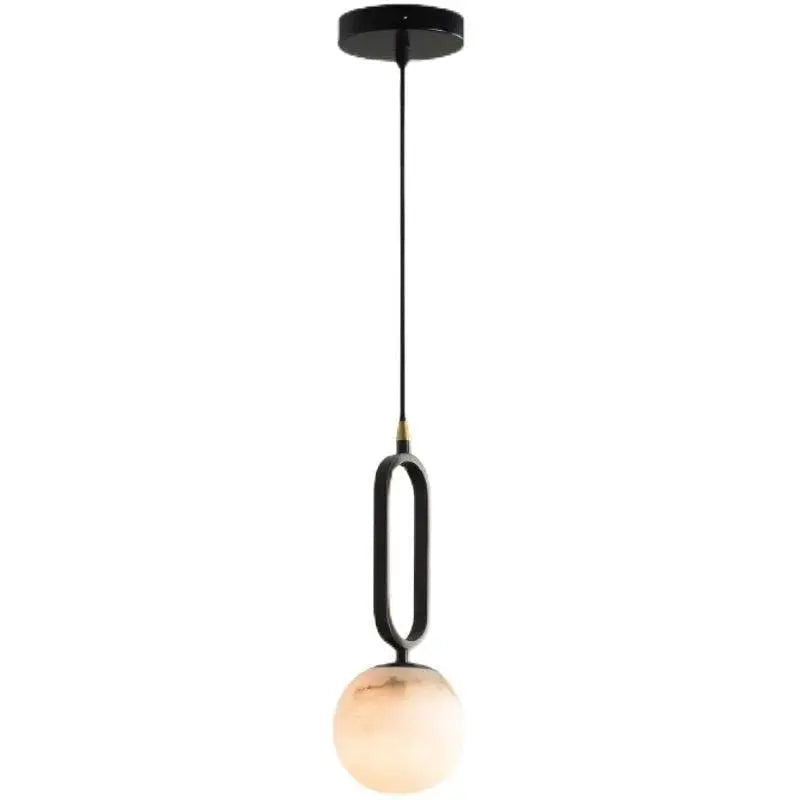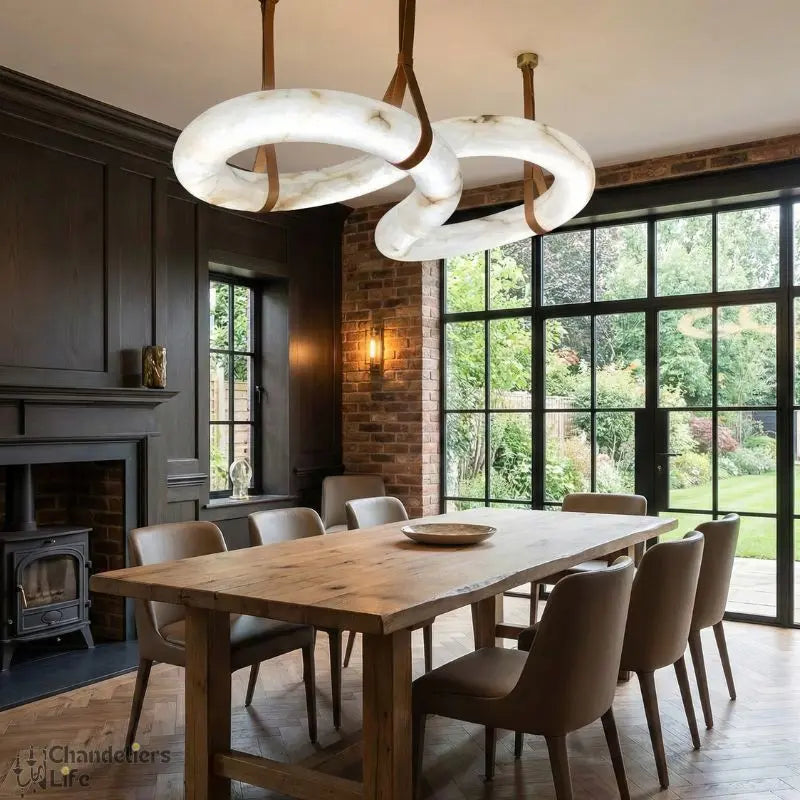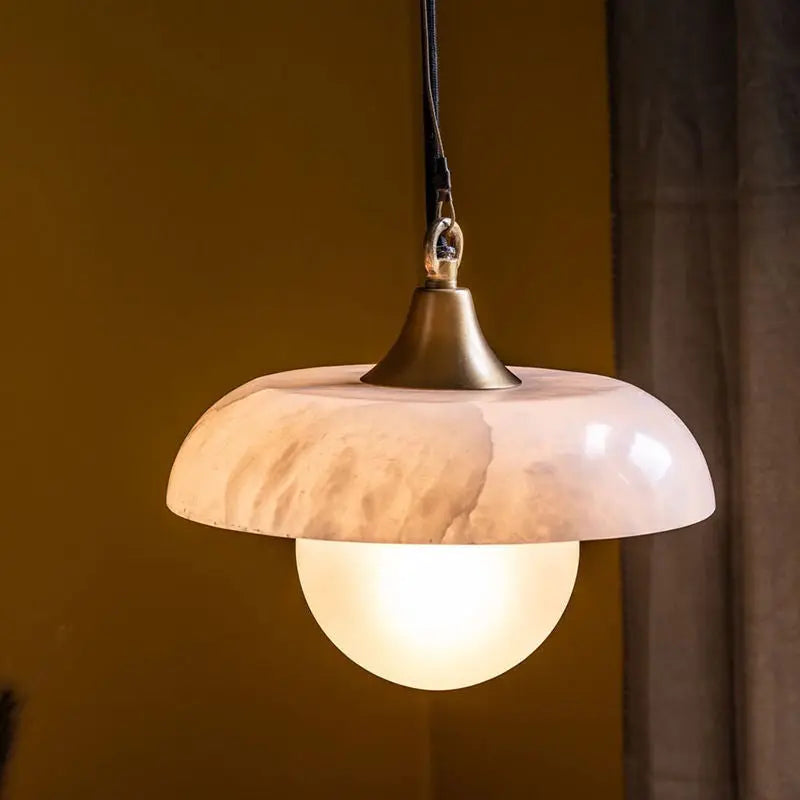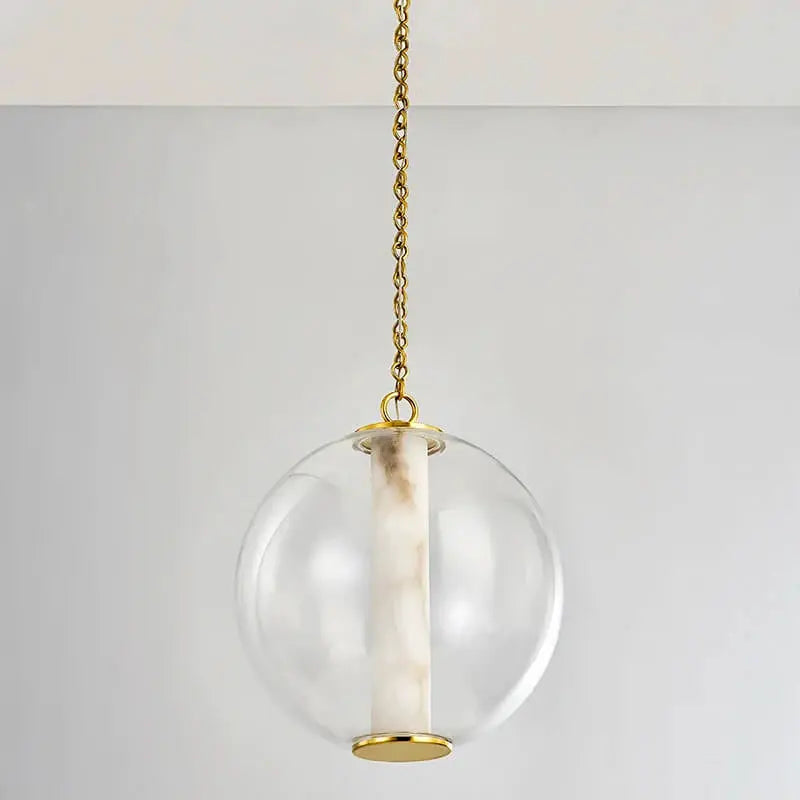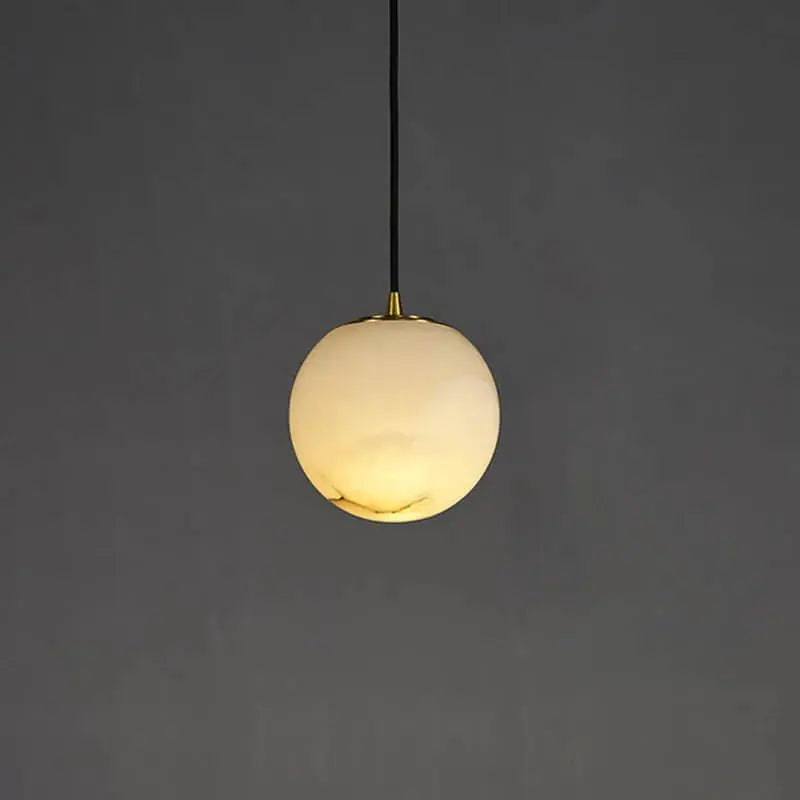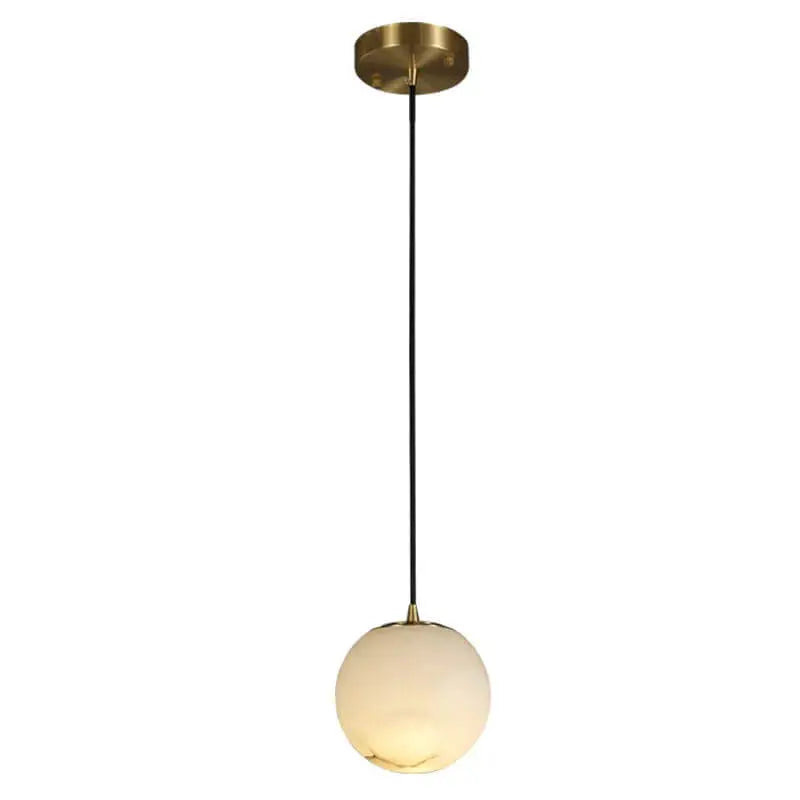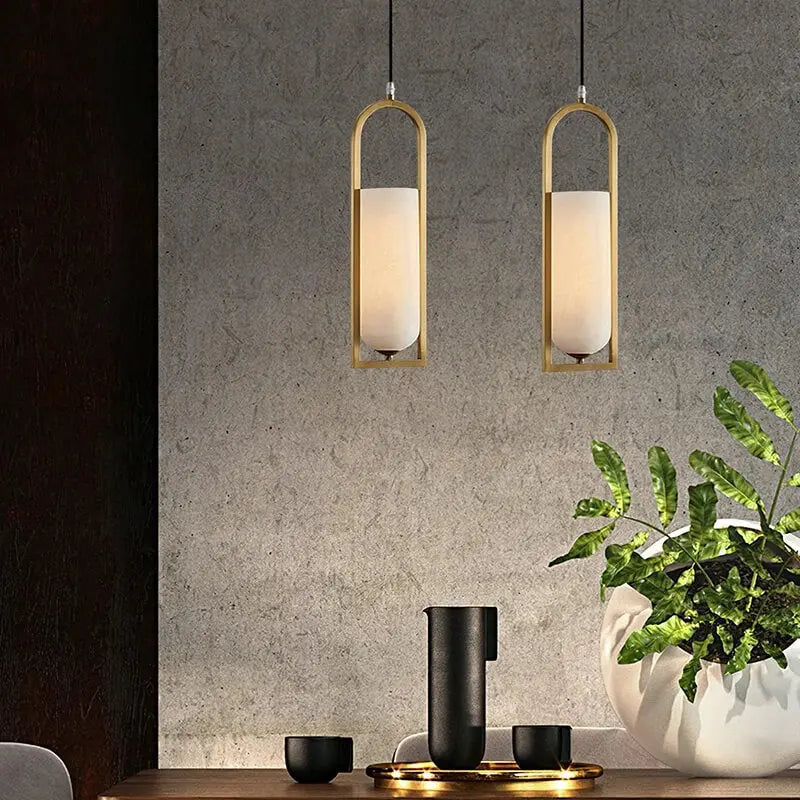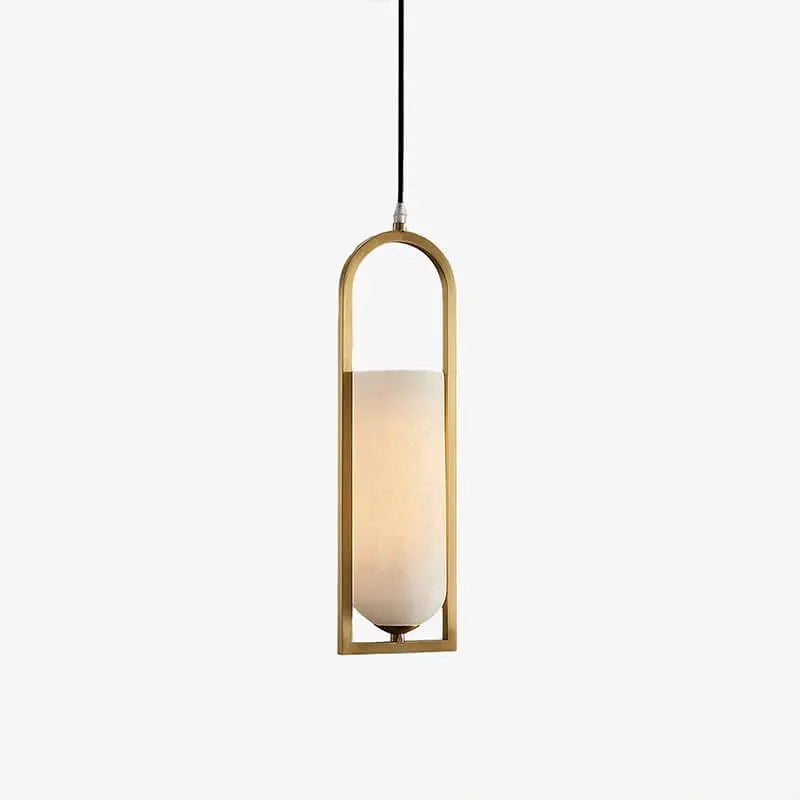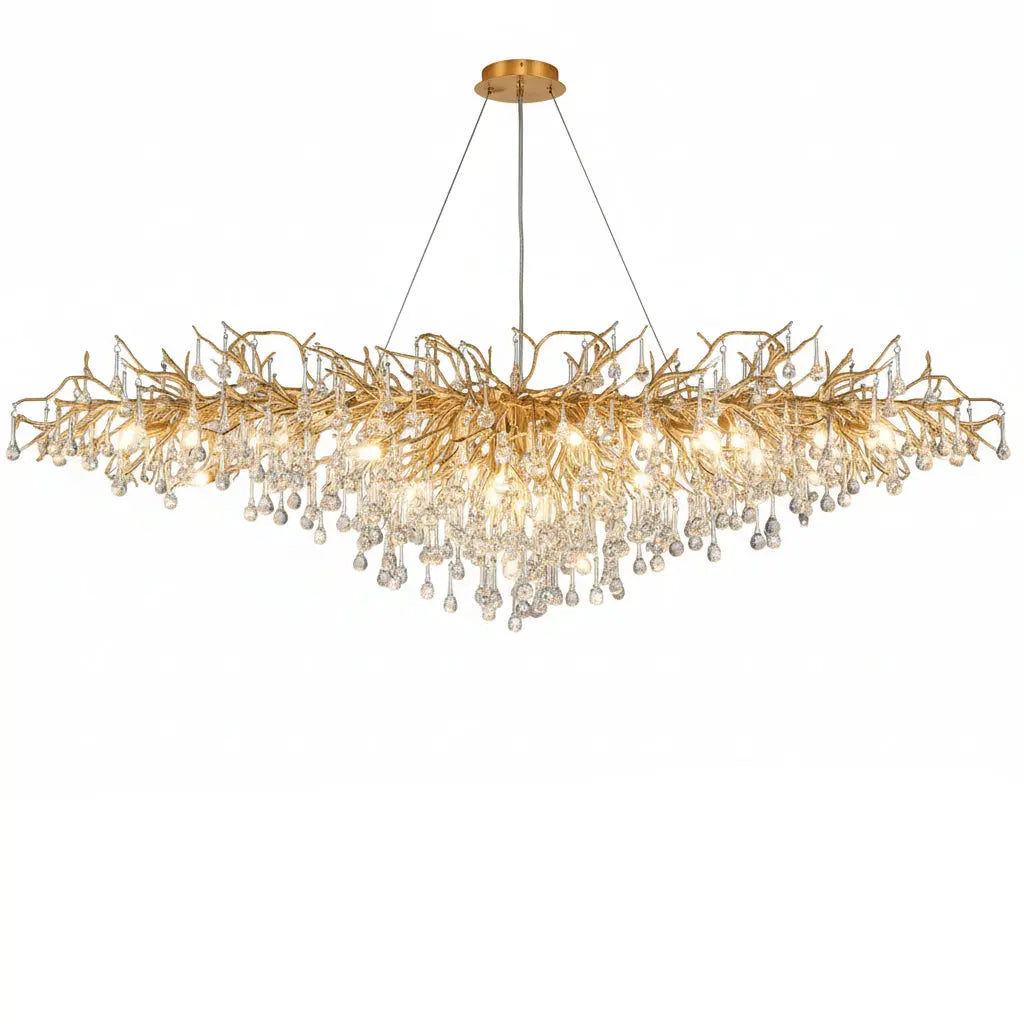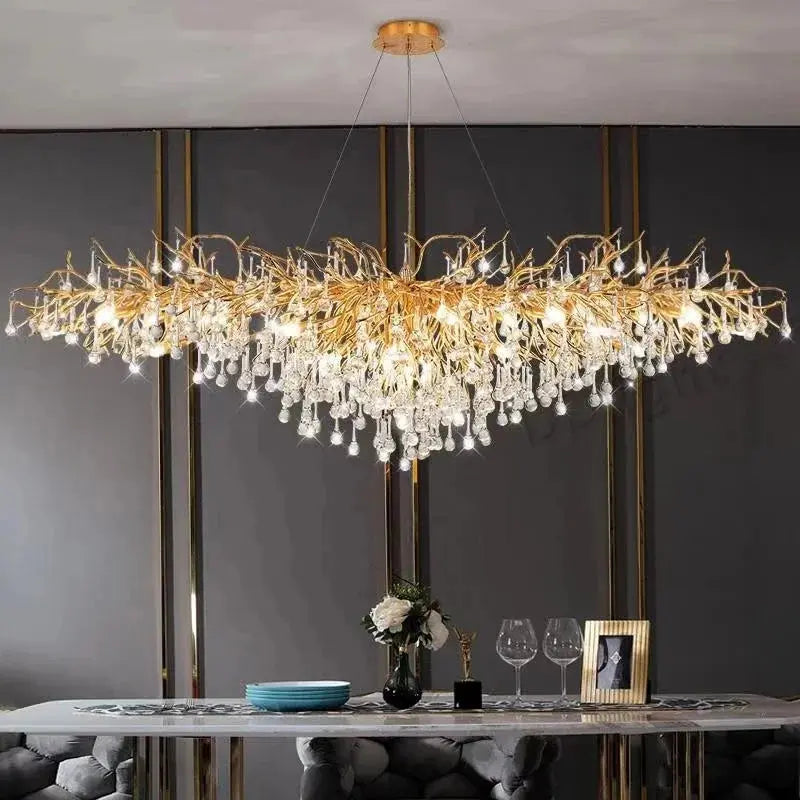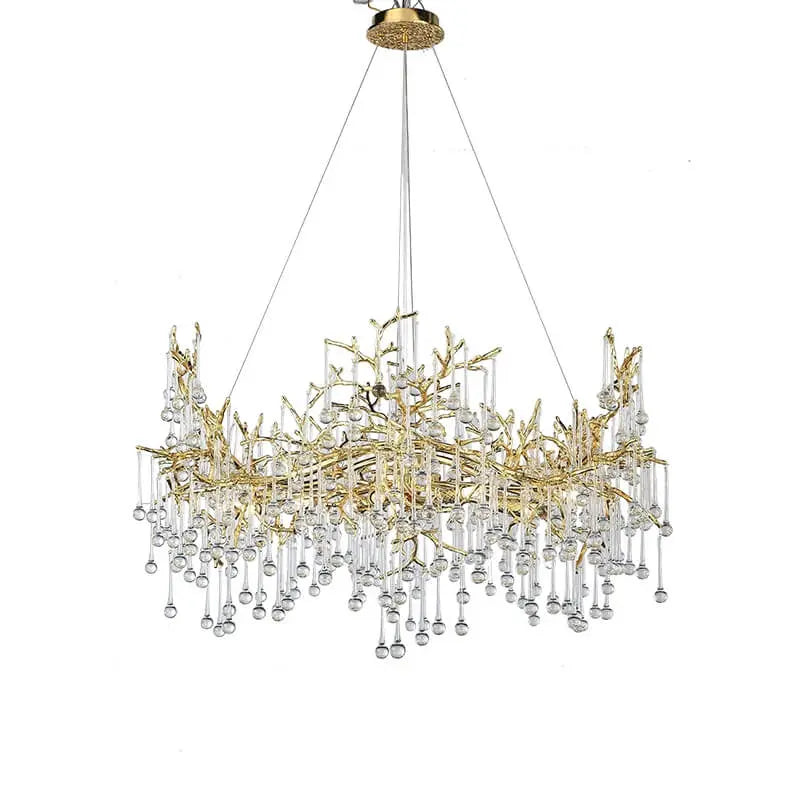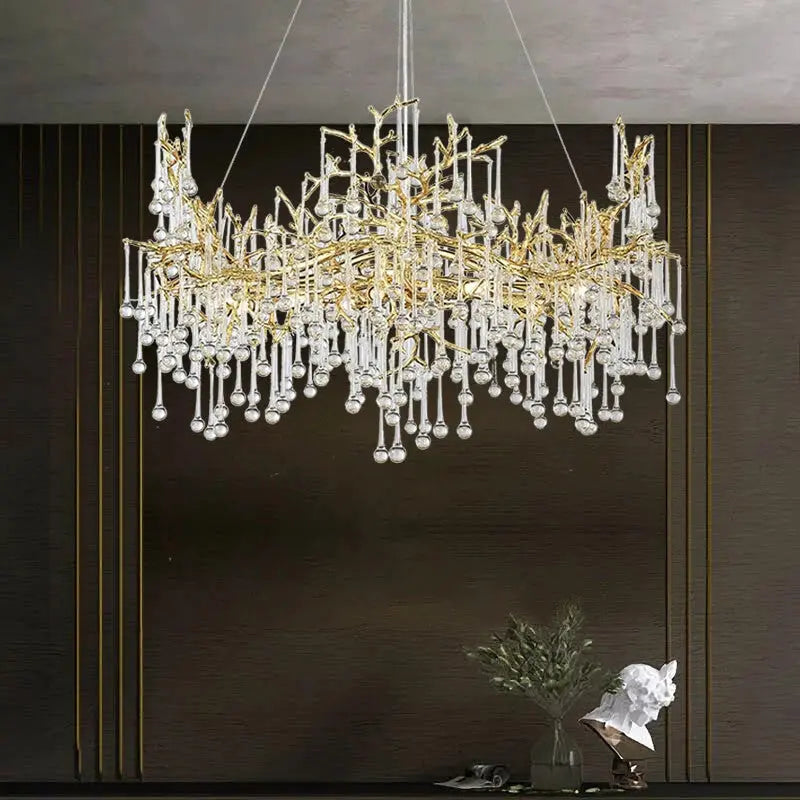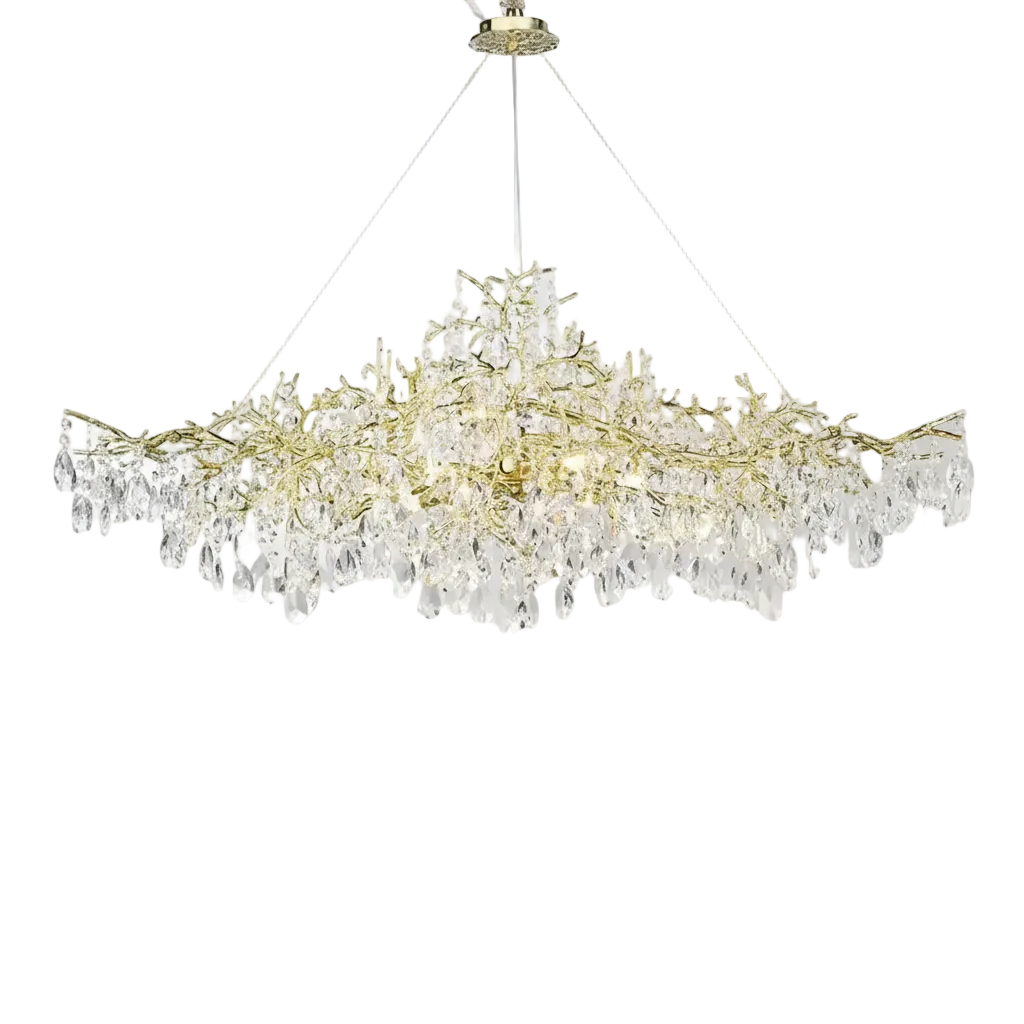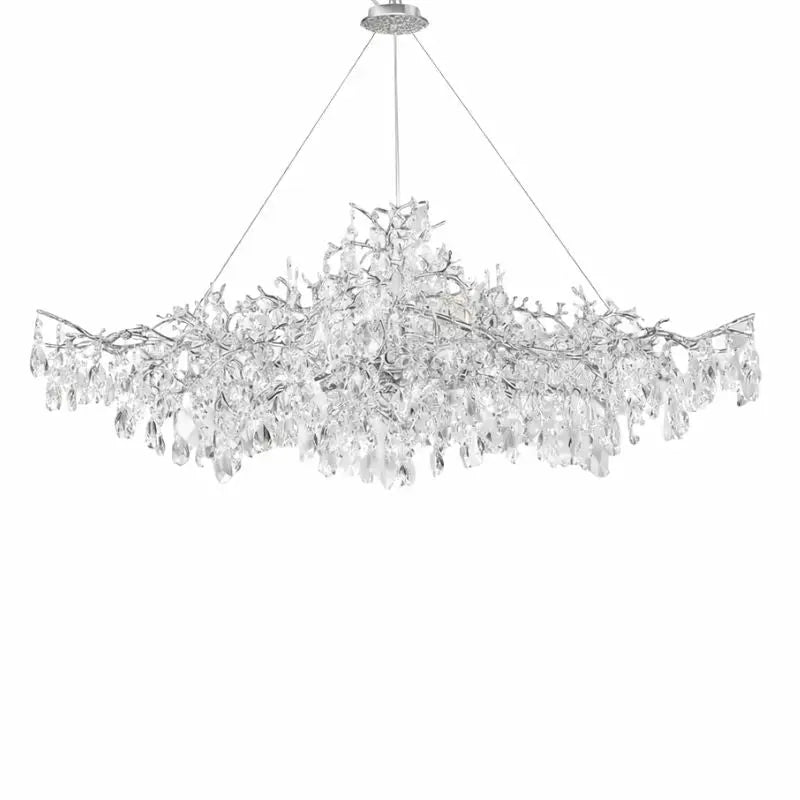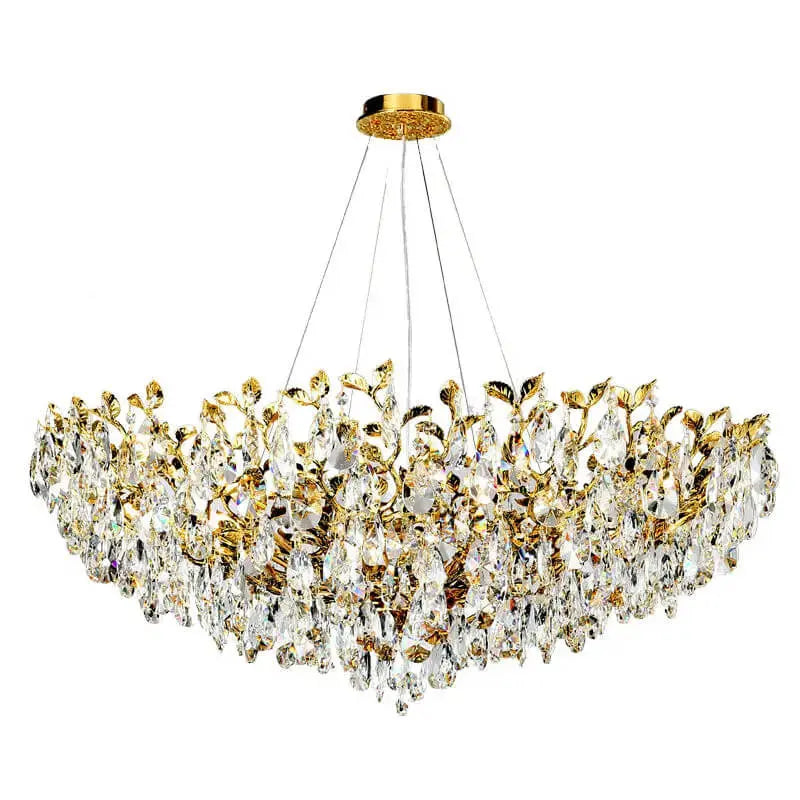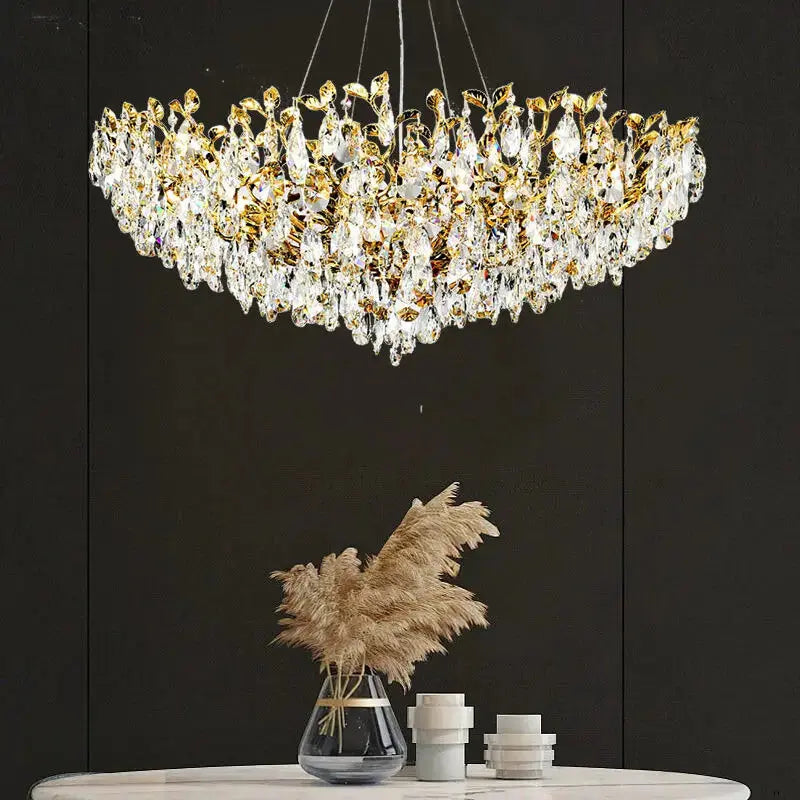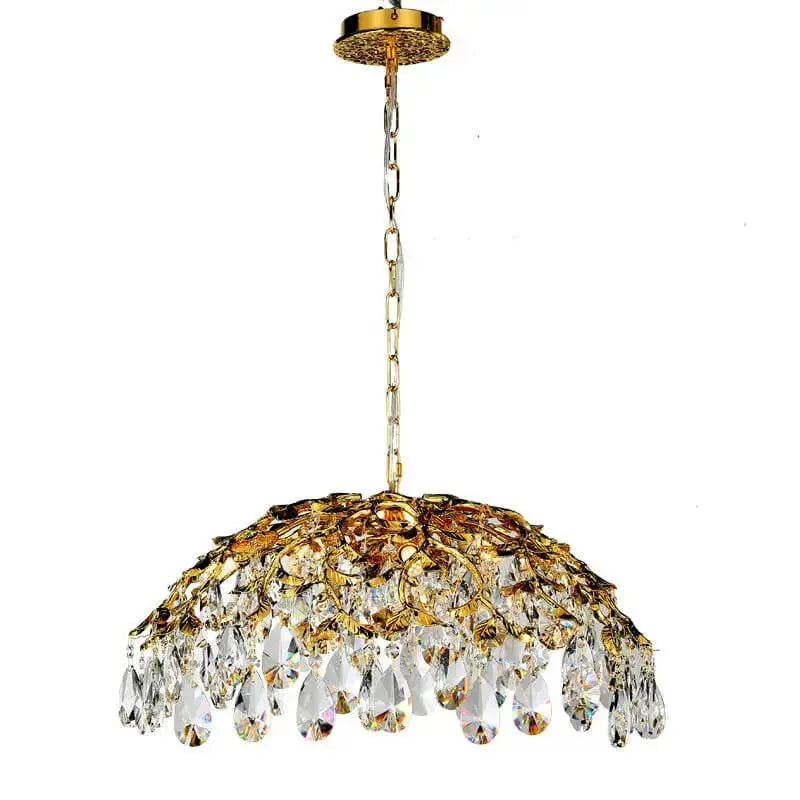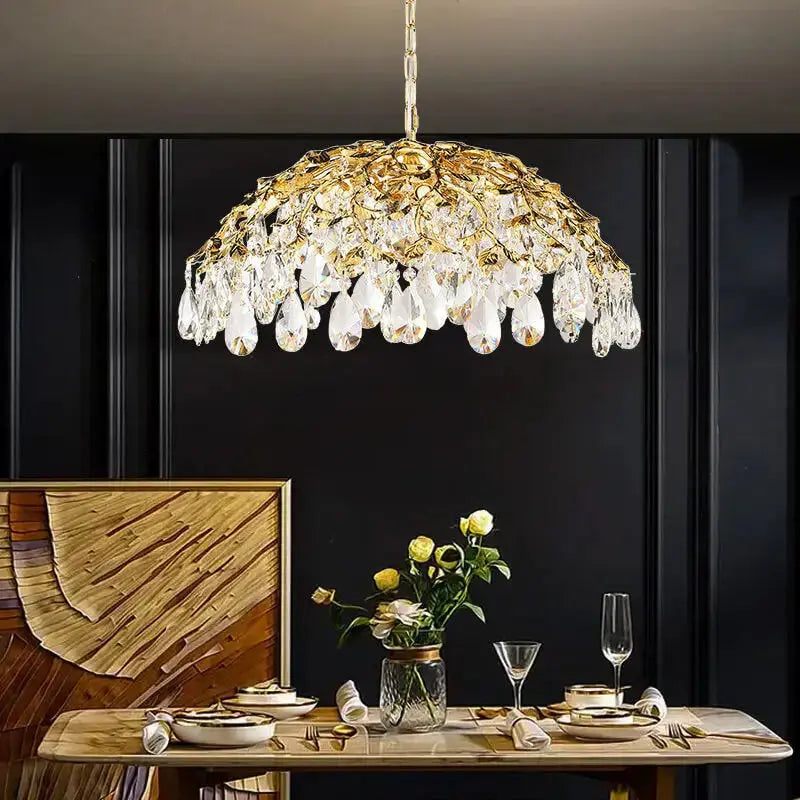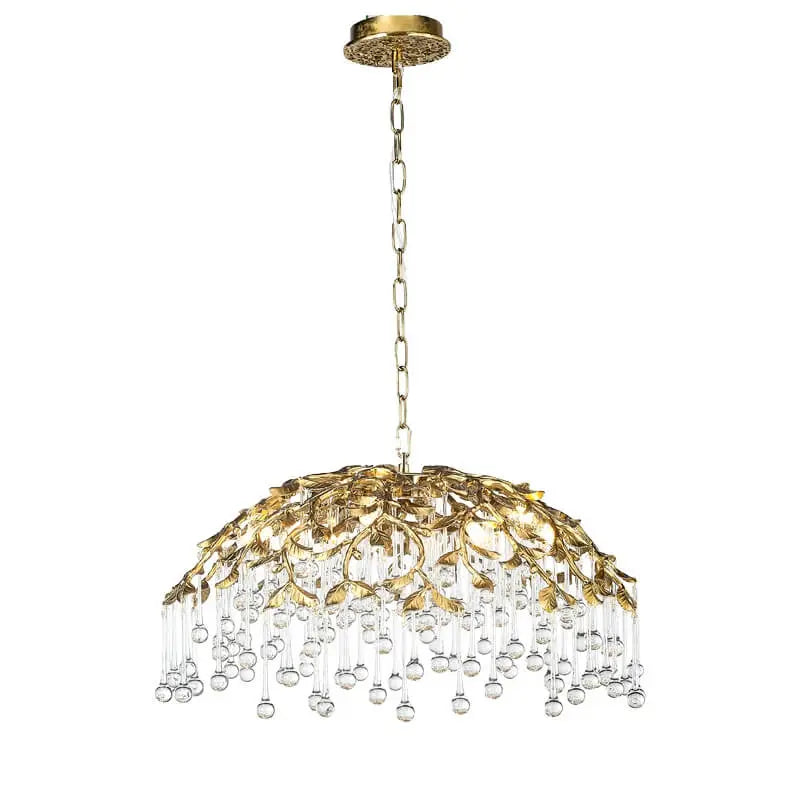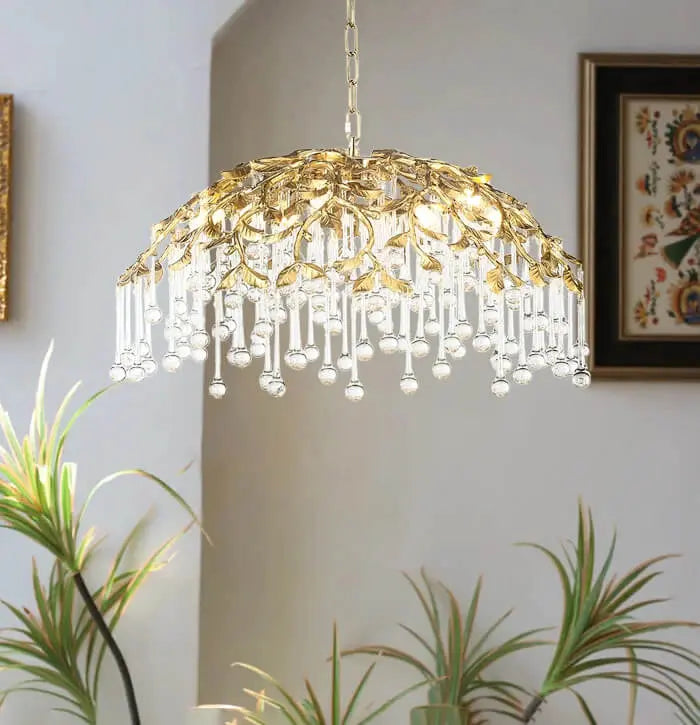Transforming your living space into an energy-efficient home is more than just a trend; it's a smart choice for your wallet and the planet. With rising energy costs and environmental concerns, making your home energy-efficient can lead to significant savings and a more comfortable living environment. This guide will walk you through essential steps and tips to create a home that uses energy wisely, reduces waste, and contributes to a healthier planet for everyone.
Key Takeaways
- Energy-efficient homes save money on utility bills.
- Proper insulation is vital for maintaining comfortable temperatures.
- Upgrading to energy-efficient windows can reduce drafts and energy loss.
- Smart home technology helps manage energy use effectively.
- Using renewable energy sources like solar panels can further cut costs.
Understanding Energy-Efficient Homes
Energy-efficient homes are designed to use less energy while providing the same level of comfort and functionality. These homes not only save money on utility bills but also contribute to a healthier environment.
What Makes a Home Energy-Efficient
An energy-efficient home typically includes:
- High-quality insulation to keep temperatures stable.
- Energy-efficient windows and doors that minimize heat loss.
- Modern appliances that consume less energy.
Benefits of Energy-Efficient Homes
The advantages of living in an energy-efficient home include:
- Lower utility bills due to reduced energy consumption.
- Increased comfort with better temperature control.
- Environmental benefits by reducing carbon footprint.
Common Misconceptions About Energy Efficiency
Many people believe:
- Energy-efficient homes are too expensive to build or buy.
- They lack style and comfort.
- Upgrading to energy-efficient options is not worth the investment.
By understanding energy efficiency, you can create a home that is not only beautiful but also sustainable and cost-effective.
Incorporating these elements into your home design can lead to a more eco-friendly and sustainable living space. Whether you live in contemporary homes, minimalist homes, or luxury homes, energy efficiency is achievable for everyone.
| Feature | Description |
|---|---|
| Insulation | Keeps your home warm in winter and cool in summer |
| Energy-Efficient Windows | Reduces heat loss and improves comfort |
| Modern Appliances | Saves energy and lowers bills |
Conducting a Home Energy Audit
A home energy audit is a crucial step in making your living space more energy-efficient. It helps you find out where energy is being wasted and how to fix it. Understanding your home’s energy use is key to saving money and resources.
DIY vs. Professional Energy Audits
- DIY Audits: You can check for drafts, inspect insulation, and review your energy bills. This is a cost-effective way to start.
- Professional Audits: Experts use special tools like thermal cameras to find heat loss. They provide a detailed report on how to improve efficiency.
Key Areas to Assess During an Energy Audit
- Insulation: Check if your home is well-insulated to keep heat in during winter and out during summer.
- Windows and Doors: Look for drafts around windows and doors. Old models may need replacing.
- HVAC Systems: Ensure your heating and cooling systems are working efficiently.
Tools and Techniques for Effective Energy Audits
- Thermal Imaging Cameras: These can show where heat is escaping.
- Blower Door Tests: This test helps find air leaks in your home.
- Energy Monitors: These devices track your energy use in real-time.
Conducting an energy audit can reveal surprising areas of energy loss, allowing you to make informed decisions about upgrades.
By taking these steps, you can create a more energy-efficient home that saves you money and reduces your environmental impact. Remember, even small changes can lead to significant savings!
Upgrading Your Home's Insulation
Types of Insulation Materials
When it comes to insulation, there are several materials to choose from. Here are some common options:
- Fiberglass: Affordable and widely used, fiberglass insulation is effective for walls and attics.
- Cellulose: Made from recycled paper, cellulose is eco-friendly and great for filling gaps.
- Foam Board: Rigid and effective, foam board insulation is ideal for basements and exterior walls.
Benefits of Proper Insulation
Proper insulation is crucial for energy efficiency. Here are some benefits:
- Temperature Control: Keeps your home warm in winter and cool in summer.
- Energy Savings: Reduces heating and cooling costs significantly.
- Comfort: Creates a more comfortable living environment by minimizing drafts.
DIY Insulation Tips and Tricks
If you're looking to insulate your home yourself, consider these tips:
- Seal Gaps: Use weatherstripping or caulk to seal cracks around windows and doors.
- Insulate Attics: Add insulation to your attic to prevent heat loss.
- Check Floors: Insulate floors above unheated spaces like garages or crawl spaces.
Upgrading your insulation can lead to significant energy savings and a more comfortable home. It's a smart investment for any homeowner.
Summary
In summary, upgrading your home's insulation is a key step in making it more energy-efficient. By choosing the right materials and following some simple DIY tips, you can enhance your home's comfort and reduce energy costs. Investing in insulation is investing in your future.
Energy-Efficient Windows and Doors
Choosing the Right Windows and Doors
When selecting windows and doors, opt for energy-efficient models. Look for features like double or triple glazing, which helps keep your home warm in winter and cool in summer. Here are some key points to consider:
- Low-emissivity (Low-E) coatings: These coatings reflect heat back into your home.
- Insulated frames: They help reduce heat loss.
- Energy Star ratings: Choose products with this label for better efficiency.
Installation Tips for Maximum Efficiency
Proper installation is crucial for maximizing energy efficiency. Follow these tips:
- Ensure a tight seal around windows and doors to prevent drafts.
- Use weatherstripping or caulk to fill any gaps.
- Consider hiring a professional for installation to ensure it’s done right.
Maintenance and Care for Longevity
To keep your windows and doors performing well:
- Regularly check for any signs of wear or damage.
- Clean the frames and glass to maintain clarity and efficiency.
- Inspect seals and weatherstripping annually to ensure they are intact.
Maintaining energy-efficient windows and doors not only saves energy but also enhances the overall comfort of your home.
By investing in energy-efficient windows and doors, you can significantly reduce your energy bills while enjoying a more comfortable living space. Consider adding stylish elements like an elegant marble chandelier to enhance your home’s aesthetic while being eco-friendly!
Harnessing Renewable Energy Sources
Solar Panels: Pros and Cons
Solar panels can significantly reduce your reliance on grid electricity. They generate clean energy right from your roof. Here are some pros and cons to consider:
| Pros | Cons |
|---|---|
| Reduces electricity bills | High initial cost |
| Low maintenance | Weather-dependent |
| Increases home value | Requires space on the roof |
Wind Turbines for Residential Use
Wind turbines can also be a great option for generating energy. Here are some key points:
- They can produce energy even on cloudy days.
- Small turbines can be installed in backyards.
- Check local regulations before installation.
Geothermal Heating and Cooling Systems
Geothermal systems use the earth's temperature to heat and cool your home. Here’s why they are beneficial:
- Energy-efficient: They use less energy than traditional systems.
- Long-lasting: These systems can last for decades with proper maintenance.
- Environmentally friendly: They reduce greenhouse gas emissions.
By investing in renewable energy sources, you not only save money but also contribute to a healthier planet. Every step counts towards a sustainable future.
Smart Home Technologies for Energy Efficiency
Smart Thermostats and HVAC Systems
Smart thermostats are a key part of smart homes. They learn your daily habits and adjust the temperature automatically. This means you can save energy without even thinking about it! Here are some benefits of using smart thermostats:
- Energy savings: They can reduce your heating and cooling costs.
- Remote control: Adjust your home’s temperature from anywhere using your smartphone.
- Learning features: They adapt to your schedule over time.
Energy-Efficient Lighting Solutions
Switching to energy-efficient lighting is another easy way to save energy. Consider using LED bulbs instead of traditional ones. Here’s why:
- Longer lifespan: LEDs last up to 25 times longer than regular bulbs.
- Lower energy use: They use at least 75% less energy.
- Smart lighting: Some systems allow you to control lights remotely or set schedules.
Home Automation for Energy Management
Home automation can help you manage energy use effectively. Here are some smart devices to consider:
- Smart plugs: Control devices remotely and set timers.
- Smart sensors: Detect when rooms are empty and turn off lights.
- Smart appliances: Choose appliances that can be monitored and controlled via apps.
By using these technologies, you can create a more energy-efficient home while enjoying the convenience of modern living.
Incorporating these smart home technologies not only enhances your smart home design but also contributes to a more sustainable future. For example, a sophisticated marble chandelier can be paired with smart lighting to create a beautiful yet energy-efficient ambiance in your living space.
Sustainable Landscaping and Outdoor Spaces
Water-Efficient Gardening Techniques
Creating a garden that saves water is essential for energy efficiency. Here are some tips:
- Choose native plants that require less water.
- Use drip irrigation systems to minimize waste.
- Implement mulching to retain soil moisture.
Using Native Plants for Energy Efficiency
Native plants are not only beautiful but also beneficial for your home’s energy efficiency. They:
- Require less maintenance and water.
- Provide natural habitats for local wildlife.
- Help reduce heating and cooling costs by providing shade and windbreaks.
Outdoor Lighting and Energy Conservation
To save energy outdoors, consider these strategies:
- Use LED lights for lower energy consumption.
- Install solar-powered lights for pathways and gardens.
- Set timers or motion sensors to reduce unnecessary lighting.
By focusing on sustainable landscaping, you’re not just enhancing your home’s beauty; you’re also contributing to a healthier planet. Every small change counts!
Incorporating these practices into your outdoor spaces can lead to a more energy-efficient home while creating a pleasant environment for you and your family. Remember, sustainable choices in landscaping can significantly impact your overall energy consumption and costs.
Creating beautiful outdoor spaces that are good for the environment is easier than you think! By choosing plants that need less water and using natural materials, you can make your yard both lovely and eco-friendly. Want to learn more about how to make your outdoor area shine? Visit our website for tips and ideas!
Final Thoughts on Energy-Efficient Living
In conclusion, making your home energy-efficient is a smart choice for both your wallet and the planet. By following the tips in this guide, you can lower your energy bills and create a more comfortable living space. Simple changes like improving insulation, using energy-saving appliances, and considering renewable energy sources can make a big difference. Not only will you enjoy a cozy home, but you'll also be helping to protect the environment for future generations. Start your journey to a greener home today, and see how rewarding it can be!
Frequently Asked Questions
What does it mean for a home to be energy-efficient?
An energy-efficient home uses less energy to keep you comfortable. This can be done through better insulation, energy-saving appliances, and smart design.
How can I tell if my home is energy-efficient?
You can check your energy bills, look for drafts, and see if your insulation is up to standard. A home energy audit can help identify areas that need improvement.
What are some simple ways to make my home more energy-efficient?
You can start by switching to LED light bulbs, sealing drafts around doors and windows, and unplugging devices when not in use.
Are energy-efficient upgrades expensive?
Some upgrades might cost a bit upfront, but they can save you money on energy bills in the long run. Many people find that the savings outweigh the costs.
Do I need to hire a professional for an energy audit?
Not necessarily! You can do a DIY energy audit at home, but hiring a professional can give you a more thorough assessment.
What are the benefits of having an energy-efficient home?
Energy-efficient homes can lower your utility bills, create a more comfortable living space, and help the environment by reducing your carbon footprint.

